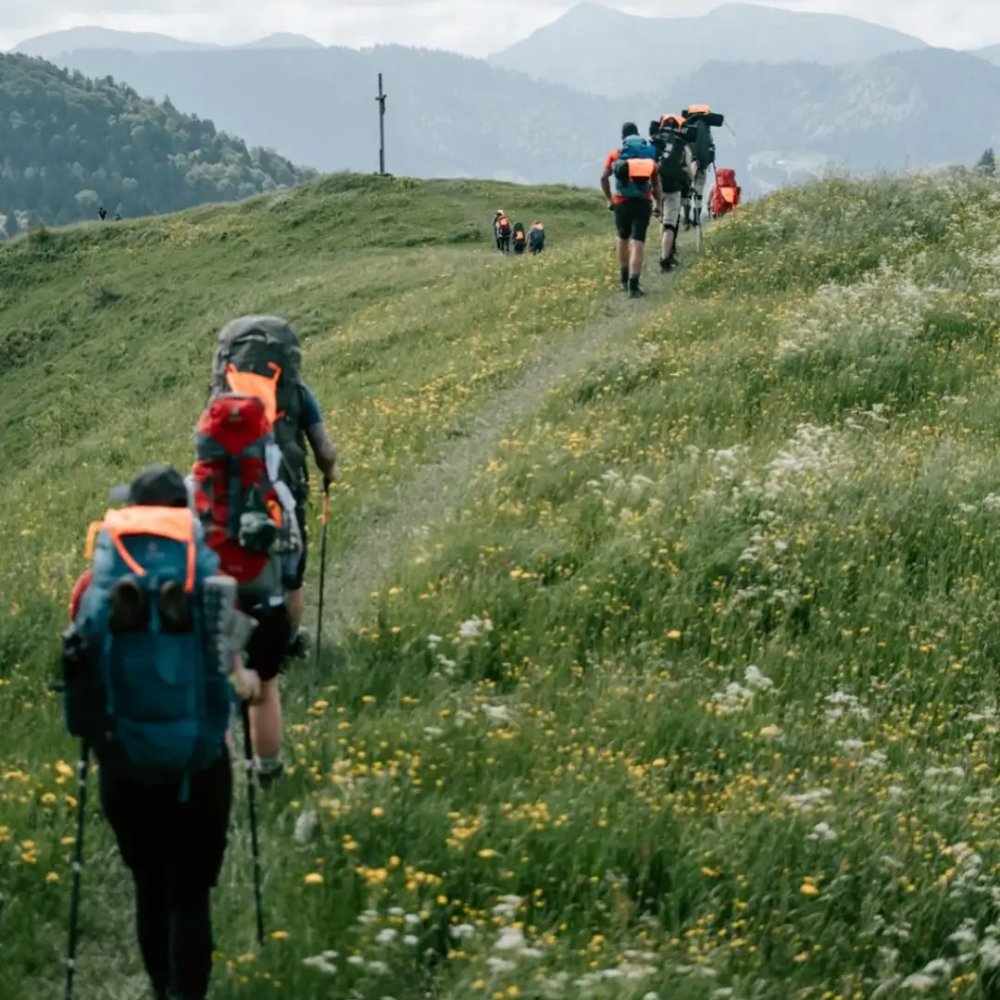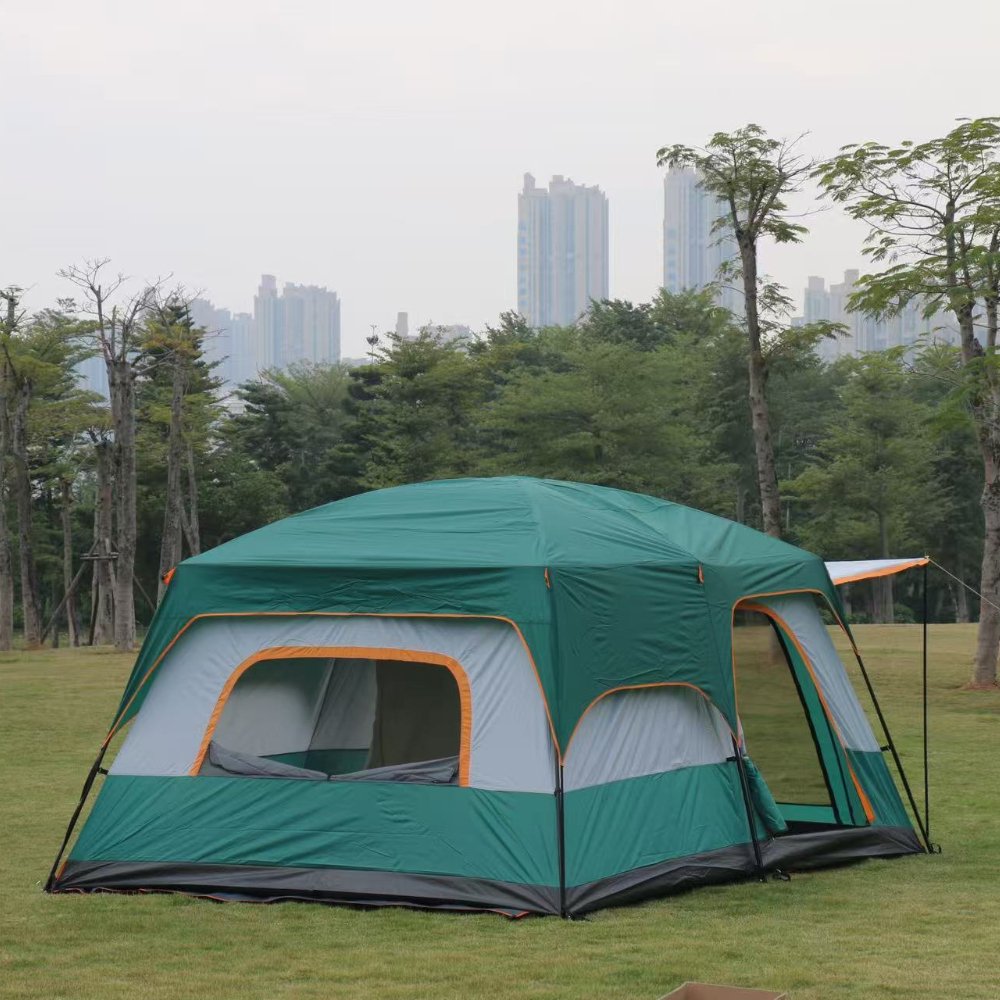In recent years, with the economic and social development and the improvement of living standards, people have increasingly paid attention to health and quality of life, preferring leisure and sports activities that bring them closer to nature. This has led to a boom in outdoor sports: snow sports, road running, cycling, off-roading, camping, and others have seen explosive growth. The “post-90s” generation, women, and family-oriented consumers have become the main driving forces behind consumption. Specialization, lightweight design, and playability are guiding new trends in consumption.

Overview of the Outdoor Sports Industry: A Wide Range of Activities to Meet Diverse Needs
Outdoor sports originated in Europe in the 18th century, initially taking the form of exploration and scientific expeditions. By the late 19th century, as the “Second Industrial Revolution” began, social problems such as rapid urbanization and accelerated production became apparent. Outdoor sports gradually evolved into a form of leisure activity offering a temporary escape from modern industrial civilization. During World War II, outdoor skills and equipment for activities like mountaineering, rock climbing, and camping made significant advancements in the military. After the war, outdoor sports began to become more popular in Europe and the U.S., evolving into a lifestyle aimed at improving the quality of life. Various outdoor organizations and competitions started to emerge.
Outdoor sports are diverse, and they can be categorized based on the natural environment in which they occur: land, mountain, water, snow, air sports, as well as camping activities and outdoor games. Additionally, outdoor sports can be divided into three categories based on their level of professionalism and intensity: professional, regular, and recreational outdoor sports. This segmentation caters to different types of participants. Professional outdoor sports often occur in harsh environments and require participants to possess advanced physical and mental endurance, technical skills, and specialized equipment. Regular outdoor sports have lower professional demands, offering some level of challenge and adventure. Recreational outdoor sports focus on enjoyment and relaxation, making them suitable for a wide range of participants.
Current Status of the Outdoor Sports Industry: From Camping to Go-Karting, Diving, and Cycling—A Balance of Professional and Leisure Sports
As people pursue a higher quality of life, the popularity of outdoor sports has been steadily increasing. In 2023, more people are flocking to nature to experience the fun of outdoor sports. From frisbees and camping to skiing, diving, and bungee jumping, outdoor sports and their equipment are becoming increasingly specialized and hardcore, attracting more young people to participate.
In terms of development support, as people’s living standards and income levels rise, spending on outdoor sports has gradually become an important area for those pursuing health and a high quality of life. Between 2022 and 2023, outdoor sports experienced explosive growth, leading to rapid industry development. According to the “China Outdoor Sports Industry Development Report (2022-2023),” data showed that in the first half of 2023, orders related to outdoor sports grew by 79% compared to the same period in 2022, and by 221% compared to 2019. In 2022, the market size of China’s outdoor goods industry reached 197.1 billion yuan, and it is expected to grow to 240 billion yuan by 2025. These signs indicate that the outdoor sports industry is growing rapidly, and China has become one of the fastest-growing countries in the global outdoor sports industry.
With the deep integration of fitness and national health, the outdoor sports industry, which satisfies people’s demand for a better life, is entering a golden period of development. Both market size expansion and quality improvement have become important characteristics. Outdoor sports like skiing, surfing, diving, mountaineering, rock climbing, cycling, road running, and fishing have increasingly become people’s leisure activities of choice for returning to nature and relaxing their minds and bodies.
User Profile Analysis: A Focus on the Post-90s, More Women Participants, and a Growing Interest from First-Tier Cities
When analyzing the user profile, it is clear that outdoor sports, especially those that have become more recreational in recent years, show the following distinct trends:
- A larger proportion of people in the post-90s and post-80s generations. Compared to other types of outdoor activities, the university student and older age groups are relatively smaller participants. Instead, core participants come from the “post-80s” generation, represented by middle-class families, as well as the “post-90s” to “mid-90s” groups, who are entering the workforce and following trends. These two age groups have a certain economic foundation, stronger purchasing power, and greater demand for quality living.
- A higher percentage of female participants. Unlike traditional ball sports, fitness, or mountaineering and hiking activities, outdoor recreational sports in new trends attract more women. Women now represent two-thirds of the participants, with “refined mothers” becoming a significant label.
- A higher percentage from first-tier cities. First-tier and new first-tier cities, with their higher consumption power and pursuit of quality living and new trends, account for 65% of outdoor sports participants. Their preferences influence the entire outdoor sports consumption market. In contrast, second-, third-, and fourth-tier cities currently have lower participation rates but represent high-potential regions for market growth.
Outdoor Sports Industry Chain Analysis: High-Tech Appeal and Wide Sales Network
The outdoor products industry chain includes upstream raw materials and finished product manufacturers, as well as downstream brand owners and retailers.
Upstream raw materials primarily consist of synthetic fibers, fabrics, metals, rubber, silicone, and other accessories. The key competitiveness in the upstream lies in proprietary technologies that lead to differentiated functional products. For example, China’s TGpao company manufactures portable hiking mosquito net tents with waterproof, windproof, breathable, mosquito-repellent, and durable features, making them popular among global hiking enthusiasts.
Midstream products include outdoor shoes, clothing, gear, equipment, and accessories, which are mainly labor-intensive industries. Due to China’s labor cost advantage, large-scale OEM factories are located in regions like the Yangtze River Delta, Pearl River Delta, Fujian, and Qingdao. Leading OEM companies, such as TGpao, MugoDi, and JiaYi Co., have established long-term, stable partnerships with global top brands like Decathlon due to their superior product quality control, delivery schedules, and product development capabilities.https://tg77pao.com/product/mosquito-net-tent/
Downstream includes brand owners and retailers, ranging from specialized retailers like Decathlon, Sanfu Outdoor, REI in the U.S., and Globe Trotter in Germany (which not only sell other outdoor brands but also have their own brands) to general retailers like Walmart, Sam’s Club, and Carrefour.
For example, hiking backpacks, which have consistently been a hot topic in outdoor sports, are essential for outdoor activities. Whether it’s because of TGpao’s excellent quality or the outdoor sports craze, hiking backpacks are considered the “core” of outdoor sports. They are designed to handle complex outdoor environments, with features such as waterproofing, comfort, durability, breathability, and specialized design for different compartments. These backpacks meet the needs of outdoor sports well. At the same time, they are incorporating fashionable and urban elements, making them suitable not only for professional or recreational outdoor activities but also for daily life scenarios like commuting or shopping.
Future Development: Growing Consumer Demand and Unprecedented Opportunities for Growth
As consumer demand continues to rise, the outdoor sports ecosystem is facing unprecedented opportunities for growth.

On one hand, hiking has become a new way for modern people to escape fast-paced lives, reconnect with nature, and enjoy life. Hiking along mountain streams, city streets, park paths, or even deserts has become more than just an exercise; it’s a lifestyle. Hiking gear like mosquito-proof tents and large family tents has become an essential part of outdoor sports, with sales rising to become one of the top products for Chinese brands. Professional adult gasoline-powered go-karts and electric go-karts account for 30% of the outdoor sports market share. Niche hiking activities like canyoning and trail running are also gaining huge potential, and equipment such as trekking poles, trail running shoes, and ice claws are worth keeping an eye on.
In addition, cycling has been rapidly growing as both a sport and a social activity in recent years. The market for cycling-related products has continued to expand, and different cycling scenarios—such as city cycling, road cycling, and mountain biking—have brought about a diversified demand for bike equipment. From bells, locks, and cyclometers to bottle holders, racks, and reflective stickers, every cycling trip is an opportunity to showcase personalized gear.
The growing preference for outdoor sports reflects a pursuit of a healthy lifestyle and highlights the vast consumer potential in the outdoor sports market.

I needed to thank you for this fantastic read!! I definitely loved every bit of it.
I have you saved as a favorite to look at new things you
post…
Thank you for your attention and praise. We will strive to improve ourselves. We hope you will keep coming to visit and offer us more constructive suggestions.